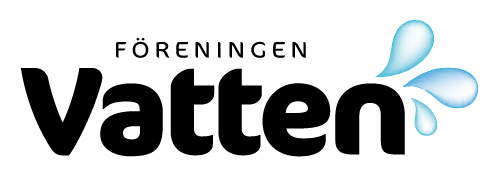Cost effectiveness and fairness of the Helcom Baltic Sea Action Plan against eutrophication / Kostnadseffektivitet och rättvisa i Helcoms aktionsplan för minskad övergödning i Östersjön
This paper evaluates the Baltic Sea Action Plan (BSAP) proposed by Helcom (Helsinki Commission) to combat eutrophication in the Baltic Sea with respect to cost effectiveness and fairness. The background is the documented needs of both these factors for truthful implementation of international agreements, such as the ministerial adoption of BSAP in autumn 2007. The […]
Variabilities and uncertainties in important coastal water variables
The focus of this work is on general patterns in uncertainty as well as temporal and spatial variability in key water variables in coastal science and management. These patterns are essential since they regulate how many samples must be taken to get reliable mean or median values characterising coastal water quality and which variables are […]
Supercritical oxidation of Water work sludge From Ringsjöverket
This paper presents how super critical water oxidation (SCWO) performs on the iron rich sludge from the drinking water treatment plant Ringsjöverket. The pilot-test shows that the SCWO-technique is capable of treating the sludge from Ringsjöverket. During the pilot- test all organic material were oxidized while the rest precipitated as ferric oxide crystals. Chromium and […]
Brunnsvatten och grönsaker från sura respektive basiska områden – vilka skillnader i mineralinnehåll föreligger? / Well waters and vegetables from acid areas and an alkaline region –what differences are there in mineral content?
Well waters and women’s hair from acid, and an alkaline area, were analysed on about 40 elements and ions in 1997. The alkaline waters and hair had significantly higher concentrations of e.g. Ca, Mo and Se. In april 2006, 30 women from the acid area, northern Scania, southern Småland and southern Älvsborg counties, and 30 […]
Why the Oxidation Ditch disappeared in Sweden? / Varför försvann Ringkanalerna i Sverige?
The Oxidation Ditch has played a very important role as a foregoer for a number of low load activated sludge systems in the water industry. Today different models are found around the world. The ditch system developed in the late 1950’s originated in the Netherlands. Early Swedish research and development work took place in the […]
Assessment of carrier materials for biofilm formation and denitrification
The capacity for biofilm attachment and activity of 20 low cost materials with little environmental impact (leftovers, byproducts or reusable waste materials) were investigated using two denitrifying biomarker organisms, Comamonas denitrificans 110 and Brachymonas denitrificans B79, and the non-denitrifying strain E. coli K12. The amount of attached biofilm was indirectly measured by analyzing the denitrification […]
Environmental systems analysis of wastewater systems in a river basin – case study Sävjaån
The EU framework directive states that all water bodies within the union should achieve good ecological status 2015. Reducing discharges from on-site wastewater systems is identified as an important means to ameliorate the quality of Swedish waters. This article presents a tool, VeVa River Basin, developed to assess the environmental impact from sewage systems in […]
Drinking Water Using Conventional Iron and Manganese Removal Equipment
The ability of conventional equipment intended for removing Fe and Mn to also remove 222Rn, 226Ra, 234,238U, 210Pb and 210Po from private well water was examined at 12 houses in Finland. The operational principles of the equipment were based on aeration and filtration, ion exchange or manganese greensand filtration. The results indicated that 222Rn removal […]
EFFECTS OF AN ORGANOTIN PVC STABILISER ON ANOXIC DEGRADATION OF ORGANIC MATTER / Effekter av en tennorganisk PVC stabilisator på den syrefria nedbrytningen av organiskt material
Many organotin compounds are toxic, thus their occurrence in the environment is of considerable concern, and several of these substances are regarded as priority pollutants that require further investigation. Organotins are used primarily as heat stabilisers in PVC plastic, and they are therefore found in landfills in which discarded PVC products have been deposited. In […]
